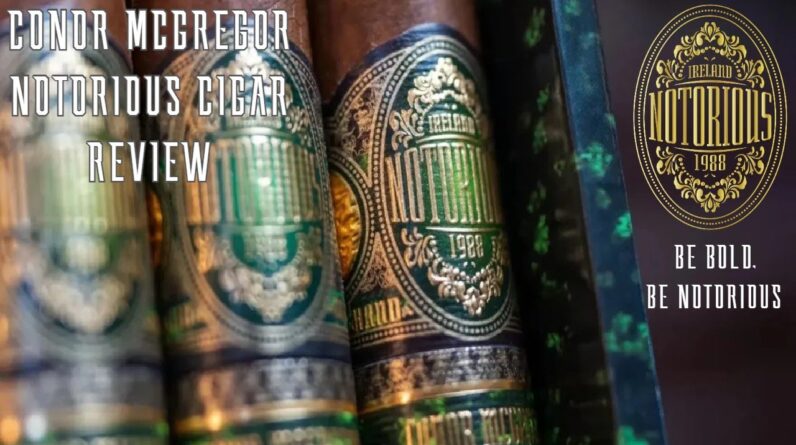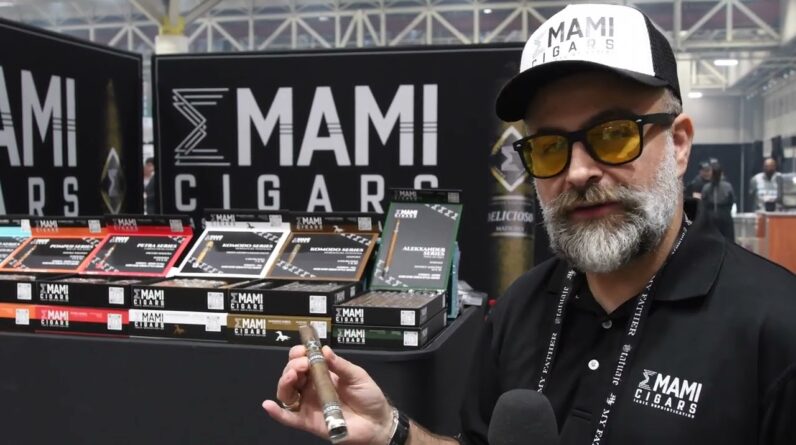Manolo Santiago, co-founder and blender of Casa 1910, had a few minutes to inform us about the limited release coming.
For more coverage of the PCA 2023 Convention & Trade Show, please visit: halfwheel.com
Twitter —
Facebook —
Instagram —

How Cigars Are Made
If you’re looking for the perfect finishing touch to a great dinner or after-work drinks, nothing adds that right coda like a fine cigar. It’s a pastime that similar-minded people can enjoy together, helping to build bonds and even creating new friendships. It can also be beneficial in business, as it provides an opportunity for colleagues or clients to relax and discuss important matters that could lead to future business partnerships.
A cigar is a tightly-rolled bundle of tobacco leaves that’s traditionally smoked and enjoyed for pleasure and relaxation. Its history dates back to the 10th century, when ancient Mayan societies would roll thick bundles of tobacco and wrap them in palm or corn (maize) husks.
Once harvested, the tobacco goes through a process called fermentation that transforms it from its raw, bitter state into something that’s smokeable and flavorful. During this time, the tobacco will go through a series of processes that will affect its taste and aroma. The fermentation stage is crucial to cigarmaking, and it’s a time that can not be rushed or skipped.
Cigarmakers will then carefully choose the resulting tobacco to make their premium cigars. Once all the components are in place, the cigars will go through a secondary aging process known as tertiary aging. This aging process helps the cigars achieve their final, peak flavor by further dissipating any undesirable qualities such as bitterness and harshness.
The cigars will then be wrapped in their chosen wrapper leaf, and the whole cigar will be rolled. Once complete, the cigars will undergo a third aging period known as dry aging. This process takes up to two months, and it is another vital step in the production of the cigars.






